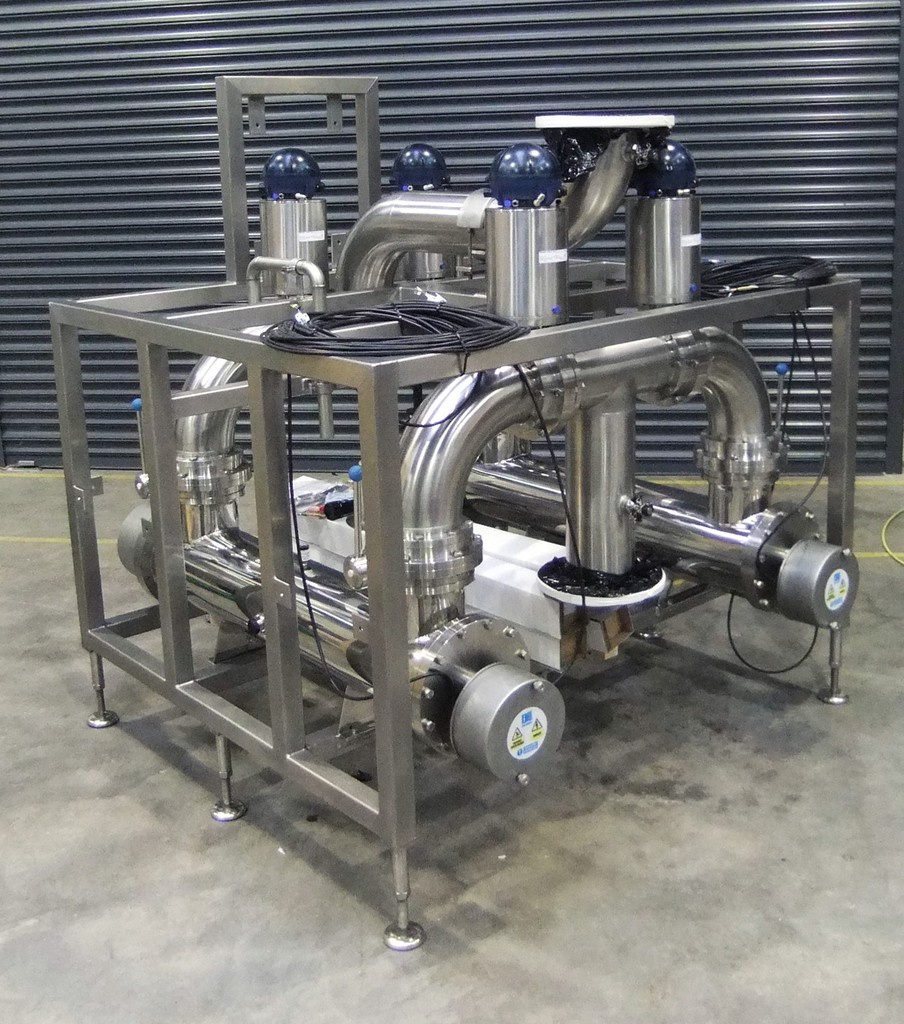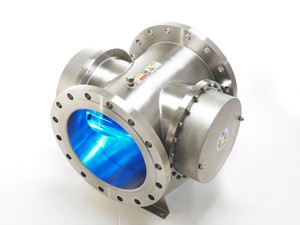

|
Edward Lowton
Editor |


|
| Home> | Plant, Process & Control | >Water management | >UV disinfection |
UV disinfection
17 October 2016
With a number of emerging pathogens, like Cryptosporidium and Giardia showing increased resistance to chlorine disinfection, atg UV Technology has developed a range of UV disinfection units to meet the needs of the food and beverage industry.

Waterborne micro-organisms are responsible for adverse effects on flavour, colour, odour and shelf life of products and, of course, potential health risks to consumers.
UV irradiation has a long history in pharmaceutical and drinking water disinfection where it has been proven that 254nm UVC light, at the correct and consistent dosage inactivates the whole range of spoilage microorganisms – viruses, bacteria, moulds and protozoans – even chemically resistant ones including thermophilic bacteria which are resistant to pasteurisation.
UV systems from atg UV Technology are entirely chemical-free, low maintenance and cost-effective and can be used in a range of process applications, from CIP rinsing to liquid sugar. Unlike alternative methods of disinfection, UV leaves no contaminating toxins or residues and there is no change to the chemical composition, colour, taste, odour or pH of the fluid being treated.
The success of UV disinfection depends on ensuring that the applied dose is always sufficient to inactivate the target microorganisms. atg’s UV systems closely match the US EPA guidelines for equipment validation – the standard generally adopted for UV disinfection systems. And with continuous UV intensity monitoring as standard, you can be totally confidant that the UV dose is always being delivered.


















